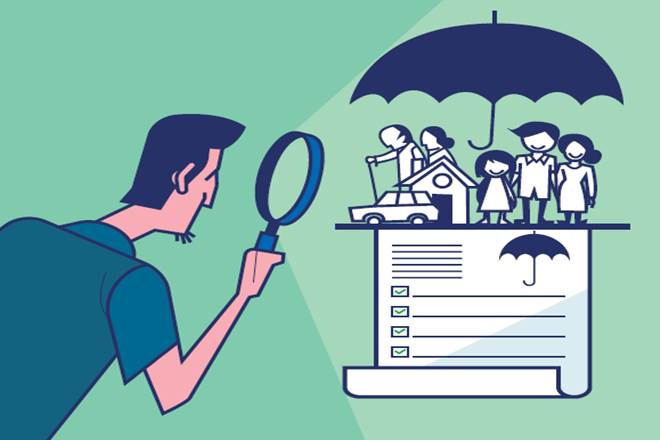
Paying for insurance when you don’t need it every month can be a big hassle. Don’t be duped into thinking you are paying for nothing, even if it may seem like that. Insurance is crucial for things on the defensive side of your game plan in this situation, even if it may not be as visually appealing as your debt snowball.
Consider insurance as a life vest. It hurts when you don’t need it, but when you do, you are grateful to have it. Here, risk transfer is the key concept. Without insurance, a single medical issue, traffic accident, or emergency could result in a serious financial catastrophe. But how can you tell which insurance policies are necessary and which are not? This article has your back.
- Life Insurance
Your family or other designated beneficiaries are covered by life insurance upon your passing. There are two basic types: whole life insurance offers savings in addition to insurance and allows the insured to collect before death. Term insurance offers coverage only during the policy’s term and pays out on the insured’s death.
- Deadly Weapons Insurance Cover
The safety and security of institutions nationwide have been endangered by increased assaults using deadly weapons and active shooter situations. Even with better protection, many organizations are still open to assault. No one is safe from an armed attacker breaking into their place of business or pleasure to kill or injure them.
Some of the most dangerous places are kindergartens, elementary schools, high schools, colleges, and universities. To protect yourself from the worst-case situation, public places like shopping centers, corporations, and entertainment venues should consider purchasing an insurance policy like active shooter insurance.
- Health Insurance
Health insurance pays for hospitalization, medical visits, and the price of prescription drugs. The most helpful insurance many businesses offer is those that pay 100% of the hospitalization expenses and 80% of the expenditures for medication and medical care. A deductible amount will frequently be stated on the policy; the insurer won’t begin paying until the deductible has been satisfied. The deductible now is frequently far more significant than twenty years ago, when it could have been the first $100 or $250 in expenditures.
- Disability Insurance
If an employee cannot work due to illness or an accident, a disability policy will pay a certain percentage of the employee’s wages (or a fixed amount) each week or each month. Longer waiting periods before payments are due to result in cheaper premiums: Insurance that starts paying an injured employee after thirty days may cost twice as much as one that delays payment for six months.
- Homeowner’s Insurance
Protection from losses or damages brought on by fire, theft, and other specific dangers is provided by a homeowner’s policy. No insurance plan consistently covers all risks. By cons, the homeowner must evaluate his demands and the possible dangers in his location, such as earthquakes, hailstorms, floods, and other disasters.
The property is not covered for at least 80% of its replacement price; homeowner’s plans offer lesser coverage. This requirement requires the policyholder to either purchase a rider that automatically adjusts for inflation or increase the policy limits every year during periods of inflation. A homeowner or a business structure may discover savings by reducing the policy’s covered amount if property values have fallen significantly.
Conclusion
Most experts concur that you must obtain insurance such as active shooter insurance, life, health, long-term disability, and car insurance. Employer coverage is frequently the best choice, but if that is not possible, get prices from many companies because many provide savings if you buy multiple types of coverage.





